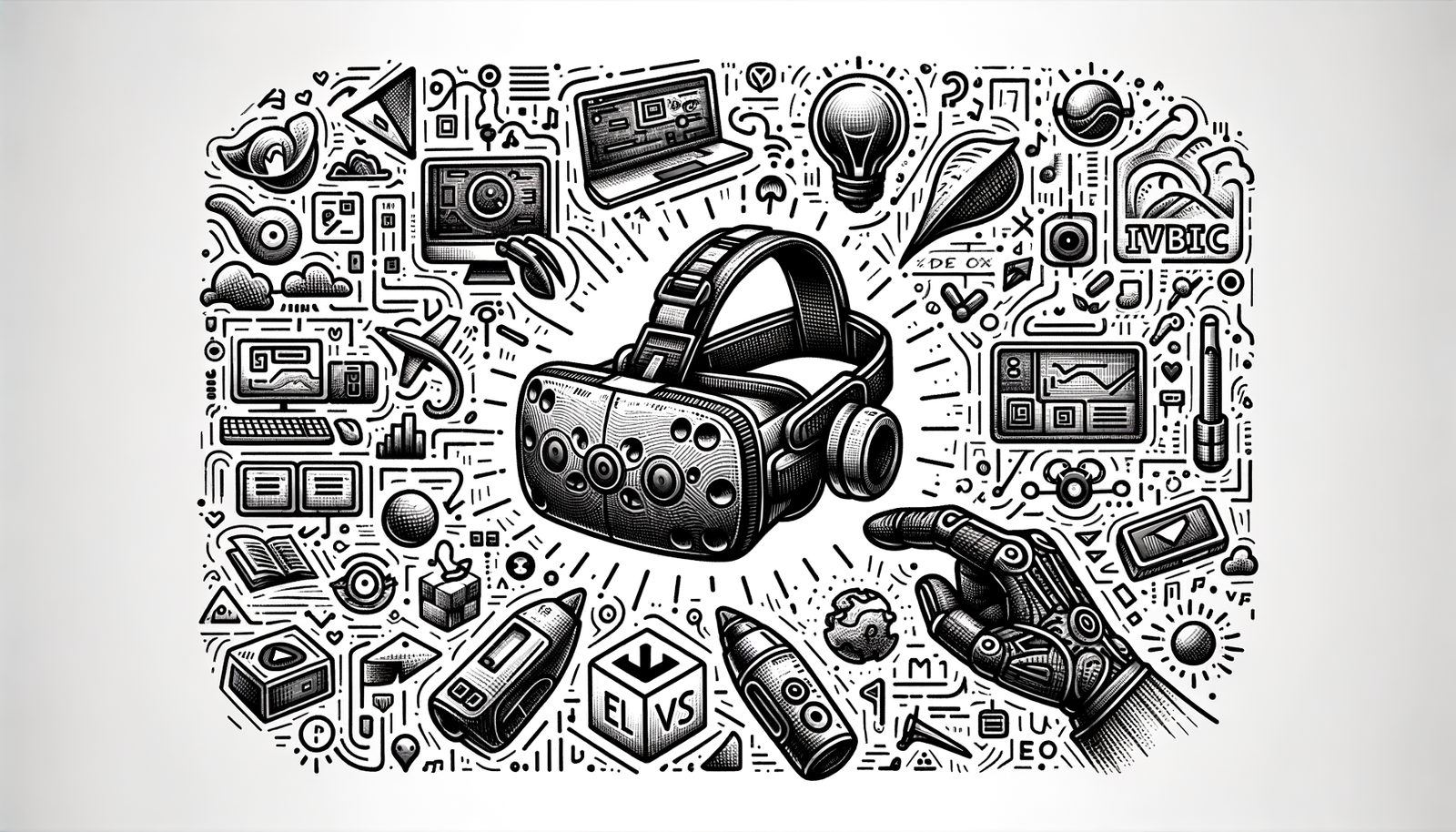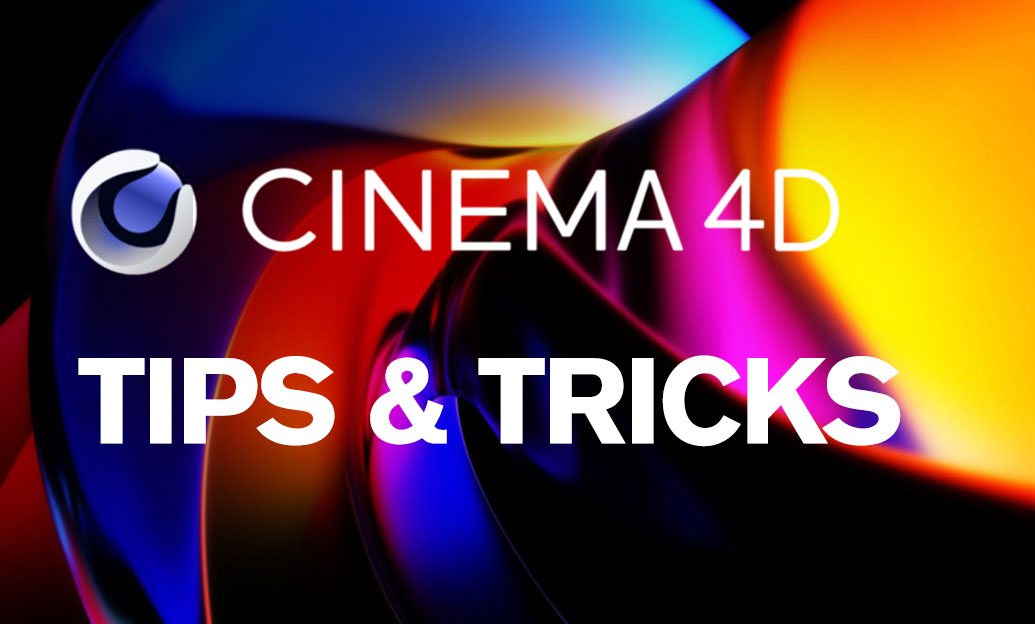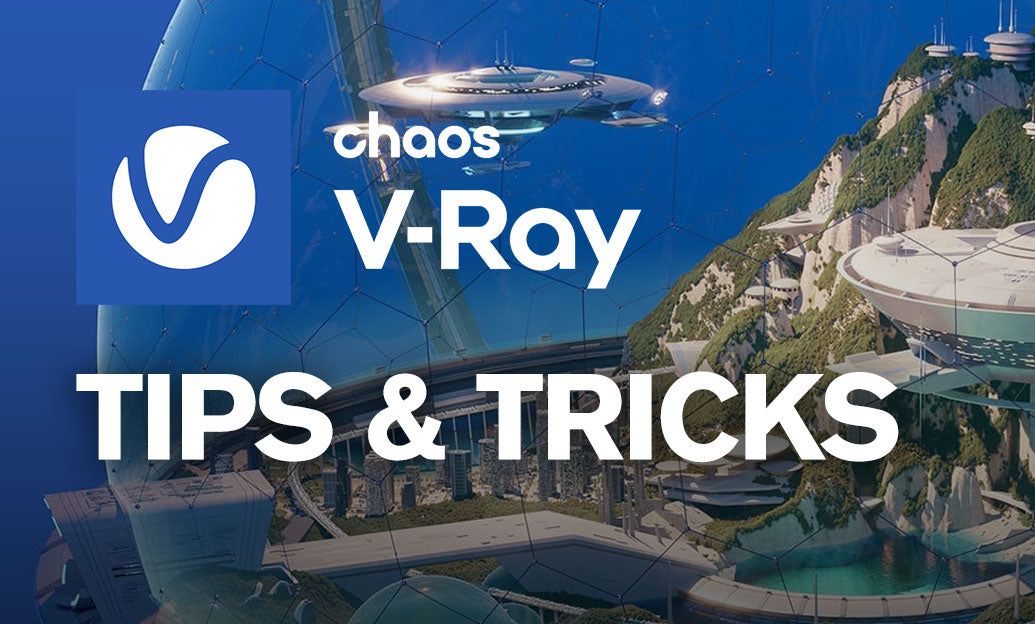Your Cart is Empty
Customer Testimonials
-
"Great customer service. The folks at Novedge were super helpful in navigating a somewhat complicated order including software upgrades and serial numbers in various stages of inactivity. They were friendly and helpful throughout the process.."
Ruben Ruckmark
"Quick & very helpful. We have been using Novedge for years and are very happy with their quick service when we need to make a purchase and excellent support resolving any issues."
Will Woodson
"Scott is the best. He reminds me about subscriptions dates, guides me in the correct direction for updates. He always responds promptly to me. He is literally the reason I continue to work with Novedge and will do so in the future."
Edward Mchugh
"Calvin Lok is “the man”. After my purchase of Sketchup 2021, he called me and provided step-by-step instructions to ease me through difficulties I was having with the setup of my new software."
Mike Borzage
Top 5 Innovative Features in Avid Media Composer for Enhanced VR Editing and Immersive Content Creation
February 21, 2025 5 min read


The rapid evolution of virtual reality (VR) has transformed the media and entertainment industry, offering audiences immersive experiences that extend beyond traditional two-dimensional screens. As content creators strive to produce engaging VR content, the need for advanced editing tools becomes paramount. Avid Media Composer, a leading professional video editing software, has responded to this demand by incorporating innovative features tailored for VR editing. This article explores five groundbreaking tools within Avid Media Composer that streamline the VR editing process, enhancing creativity and efficiency.
Advanced 360-Degree Video Editing Tools
Support for Equirectangular Media Formats
Avid Media Composer offers seamless integration with equirectangular media formats, the standard projection used for 360-degree videos. Editors can import spherical video footage directly into the software without the need for transcoding or additional plugins. This native handling ensures that the original quality of the footage is maintained, allowing for precise edits and color corrections.
360-Degree Timeline Navigation
Navigating through a 360-degree environment requires intuitive controls, and Avid Media Composer delivers just that. The timeline interface is adapted for spherical content, featuring interactive markers and indicators that reflect the immersive nature of VR footage. Editors can pan, tilt, and rotate the viewpoint within the preview window, making it easier to identify and manipulate specific areas of the video.
Real-Time 360-Degree Effects and Transitions
Applying effects and transitions to 360-degree videos poses unique challenges due to the continuous nature of the spherical format. Avid Media Composer provides a suite of real-time effects specifically designed for VR content. Editors can implement smooth transitions that preserve the continuity of the sphere, avoiding visible seams or distortions. Effects such as blurs, color grading, and text overlays are optimized for deployment across the entire 360-degree canvas.
Stereoscopic VR Support for Immersive Depth
Left and Right Eye Media Management
To create a truly immersive VR experience, stereoscopic footage that simulates depth perception is often used. Avid Media Composer simplifies this complex process by offering efficient management of left and right eye media files. Editors can easily pair and unpair stereoscopic clips, ensuring synchronization across both perspectives. This streamlined management reduces the risk of misalignment, which can cause viewer discomfort.
3D Editing Tools
The software includes advanced 3D editing tools that allow for meticulous adjustment of convergence and divergence settings. By controlling these parameters, editors can fine-tune the perceived depth within a scene. The real-time preview capabilities mean that changes can be evaluated instantly, facilitating iterative adjustments that enhance the overall 3D effect.
Anaglyphic Monitoring Options
Understanding how stereoscopic content will appear to the end-user is crucial. Avid Media Composer supports anaglyphic monitoring, enabling editors to preview stereoscopic content using standard anaglyph glasses. This feature eliminates the need for specialized equipment during the editing phase and supports various stereoscopic viewing methods within the software.
Integrated Spatial Audio Editing Capabilities
Ambisonic Audio Support
Audio plays a vital role in VR, providing cues that enhance the sense of immersion. Avid Media Composer's support for ambisonic audio allows editors to import and manipulate multichannel audio tracks that correspond with the 360-degree visuals. Tools are available for adjusting the spatial positioning of sound sources, ensuring that audio elements accurately reflect their location within the virtual environment.
Binaural Audio Previews
To simulate how audio will be experienced in a VR headset, the software offers binaural audio preview functionality. Editors can monitor spatial audio effects in real-time using standard headphones, providing an accurate representation of the end-user experience. This capability is essential for fine-tuning audio elements without the constant need to export and test in a VR environment.
Synchronization of Audio and Visual Elements
Precise alignment of audio cues with corresponding visual events is critical in VR. Avid Media Composer includes keyframing tools that enable dynamic positioning of audio sources. Editors can synchronize sound effects, dialogue, and ambient sounds with movements and actions within the 360-degree space. This level of control enhances the cohesiveness of the audio-visual experience.
Real-Time VR Preview and Monitoring
VR Headset Integration
One of the standout features of Avid Media Composer is its direct compatibility with popular VR headsets such as the Oculus Rift and HTC Vive. Editors can preview their work in an immersive VR setting instantly, without leaving the editing suite. This integration allows for immediate assessment of how edits impact the viewer's experience, facilitating a more intuitive editing process.
Interactive VR Scrolling and Scrubbing
The software enables interactive scrolling and scrubbing through the timeline while maintaining a VR perspective. Editors can navigate through the footage using the headset controllers or keyboard shortcuts, receiving immediate feedback on edits. This feature reduces rendering delays and streamlines the editing workflow.
Monitoring Adjustments for Client Presentations
When presenting VR content to clients, it's important to accommodate various output devices. Avid Media Composer allows for customizable monitoring settings to suit different headsets and display methods. Editors can tailor the preview experience, making it easier to collaborate with clients and stakeholders who may not have access to specific VR equipment. Key adjustments include:
- Resolution scaling to match device capabilities.
- Field of view settings for different headset models.
- Color space adjustments to ensure visual consistency.
Seamless Integration with VR Workflow Plugins and Tools
Third-Party Plugin Support
Avid Media Composer's compatibility with third-party plugins extends its VR editing capabilities. Plugins such as Mocha VR can be integrated to offer advanced stabilization and tracking for 360-degree footage. This support enables editors to tackle complex tasks with specialized tools, enhancing the overall quality of the VR content.
Interoperability with VR Platforms
The ability to export projects to VR development platforms like Unity and Unreal Engine is a significant advantage. Avid Media Composer ensures that metadata and mapping coordinates are maintained during exports, facilitating smooth transitions between editing and development stages. This interoperability streamlines the workflow for projects that require further interactive features or game development integration.
Collaboration Tools Optimized for VR Projects
Managing large VR files and collaborating with a team can be challenging. Avid Media Composer offers cloud-based asset management solutions that are optimized for VR content. Shared project capabilities allow multiple editors to work on the same project simultaneously, enhancing productivity. Key features include:
- Version control to track changes and maintain project integrity.
- Secure file sharing with customizable access permissions.
- Real-time updates and notifications for seamless team communication.
Conclusion
Avid Media Composer has positioned itself at the forefront of VR content creation by incorporating tools that address the unique challenges of VR editing. From advanced 360-degree video editing to integrated spatial audio capabilities, the software offers a comprehensive suite of features that expand creative possibilities. By leveraging these innovative tools, content creators can produce immersive VR experiences efficiently and effectively, staying ahead in the evolving landscape of immersive media.
Also in Design News

Cinema 4D Tip: Optimizing Geometry Cuts in Cinema 4D for Enhanced Model Efficiency
October 22, 2025 3 min read
Read More
Bluebeam Tip: Maximize PDF Security and Consistency with Bluebeam's Flatten Tool
October 22, 2025 2 min read
Read More
V-Ray Tip: Maximize Rendering Efficiency with V-Ray's Material Override Feature
October 22, 2025 2 min read
Read MoreSubscribe
Sign up to get the latest on sales, new releases and more …


